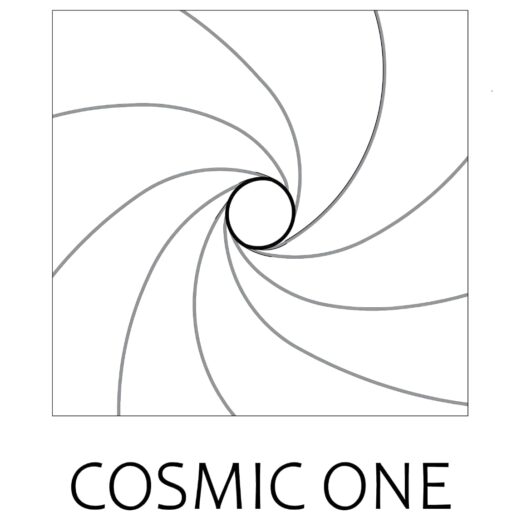Cases of myxedema were claimed regarding the middle–nineteenth millennium but just weren’t initial associated with an insufficiency from the new thyroid up until surgeons identified event myxedema shortly after thyroidectomy (11). Very first cures tips was mostly lack of and you will mostly warning sign led, also sexy baths and institutionalization (1dos). The main morbidity and you may death in the absence of effective cures were obvious, and therefore the need to “replace” the fresh thyroid gland thanks to medical transplantation or dental or intravenous paths is actually mainly based. Thyroid gland transplant got some very early success, but also for of several customers symptoms recurred and the process even got is constant (13). From the rapidity and you will transiency from improve (12), it absolutely was hypothesized one periods increased by intake of your own “juice” of your donor gland (14).
Trials of one’s first pharmacologic procedures provided intravenous otherwise subcutaneous (12) otherwise dental (15) government of thyroid gland extract, in addition to “thyroid eating,” the intake of brutal or prepared thyroid (16), which have green accomplishments. Dental replacement strategies quickly won prefer, although “shocking symptoms” in the therapy was indeed listed; not, the main points were not fully revealed (17). Thyroid gland transplant may one-day reemerge since a practical therapy option while the practical thyroid muscle shall be made regarding stalk cells (18).
The association between hypothyroidism and energy expenditure was suspected clinically, and the discovery of lower O2 consumption in myxedema provided an early diagnostic tool (19). The development of a device to assess energy expenditure through measurement of the basal metabolic rate (BMR) in humans proved to be useful for not only diagnosis but also titration of therapy (20). The scale was calibrated so that a normal BMR reference range would be around 0%, whereas athyreotic individuals could have a BMR of about ?40% (21).
l -Thyroxine is actually the initial man-made molecule accustomed beat hypothyroidism (23) and you may try shown to be efficacious given that monotherapy to have myxedema (24). Around that point, serum proteins-sure iodine (PBI) came up just like the a diagnostic make sure healing marker; gel PBI quantitation try the only real valid answer to biochemically determine thyroid hormonal condition (25). Which tool try minimal with regards to therapy overseeing as influence on serum PBI ranged from the representative (26). Instance, l -triiodothyronine corrected BMR without much increase in solution PBI, l -thyroxine increased gel PBI possibly to a lot more than typical, and you can consolidation l -thyroxine and l -triiodothyronine and you may desiccated thyroid had the advantageous asset of normalizing gel PBI (27). Also BMR and you may gel PBI, other surrogates to have therapy impulse included cholesterol levels,  attacks, and you can strong ligament reactions, however their decreased sensitivity try constantly accepted (28).
attacks, and you can strong ligament reactions, however their decreased sensitivity try constantly accepted (28).
Evidence of Overtreatment during the early Samples
Into the supply of several forms of thyroid hormone replacement, early systematic products was made to determine effectiveness and serving equivalency among absolute thyroid (generally desiccated), man-made l -thyroxine, and/or l -triiodothyronine. These people were maybe not designed since the excellence products, the healing requires have been the latest normalization of serum PBI or BMR, and you will dosages have been substantially higher than put today. Including, desiccated thyroid gland and you can intravenous l -thyroxine monotherapy normalized BMR, heartbeat, and body lbs within the myxedema (29), l -triiodothyronine monotherapy is actually concurrently energetic (30), and effectiveness away from l -triiodothyronine exceeded that of l -thyroxine (31).
On account of lack of specificity (including, lowest BMR inside the malnutrition), BMR was applied with the total medical impression; a minimal BMR in the means from higher medical uncertainty manage safe a diagnosis and you may justify cures (21, 22)
These clinical trials also began to define the adverse-effect profiles associated with these agents; thyrotoxicosis was frequently encountered. Patients treated with l -triiodothyronine3 (100 to 175 mcg/d) normalized BMR faster than did those receiving desiccated thyroid (120 to 210 mg/d) or l -thyroxine (200 to 350 mcg/d) but were more likely to experience angina (32). Desiccated thyroid was also associated with adverse symptoms in other studies; muscle stiffness, psychosis, and angina all occurred (33). In a crossover study of l -triiodothyronine monotherapy (75 to 100 mcg/d), l -thyroxine monotherapy (200 to 300 mcg/d), and desiccated thyroid (1.5 to 3 grains/d), all of these therapies restored BMR and serum PBI; with l -triiodothyronine, however, angina and heart failure occurred. Dose reduction corrected these adverse effects, but authors concluded that l -thyroxine monotherapy or thyroid extract was preferred (34). In a trial of l -thyroxine monotherapy at doses of 200 to 300 mcg/d versus l -thyroxine (80 mcg) plus l -triiodothyronine (20 mcg) daily, patients receiving the combination had such symptoms as palpitations, nervousness, tremor, and perspiration (35). Some early proponents of l -thyroxine monotherapy emerged because of less frequent thyrotoxic effects (24), but it is difficult to determine whether such adverse effects were related to the agent used or its high dosage. Thyrotoxic adverse effects were typically remediable by simple dose reduction (36), so desiccated thyroid remained the preparation of choice (37).

Recent Comments